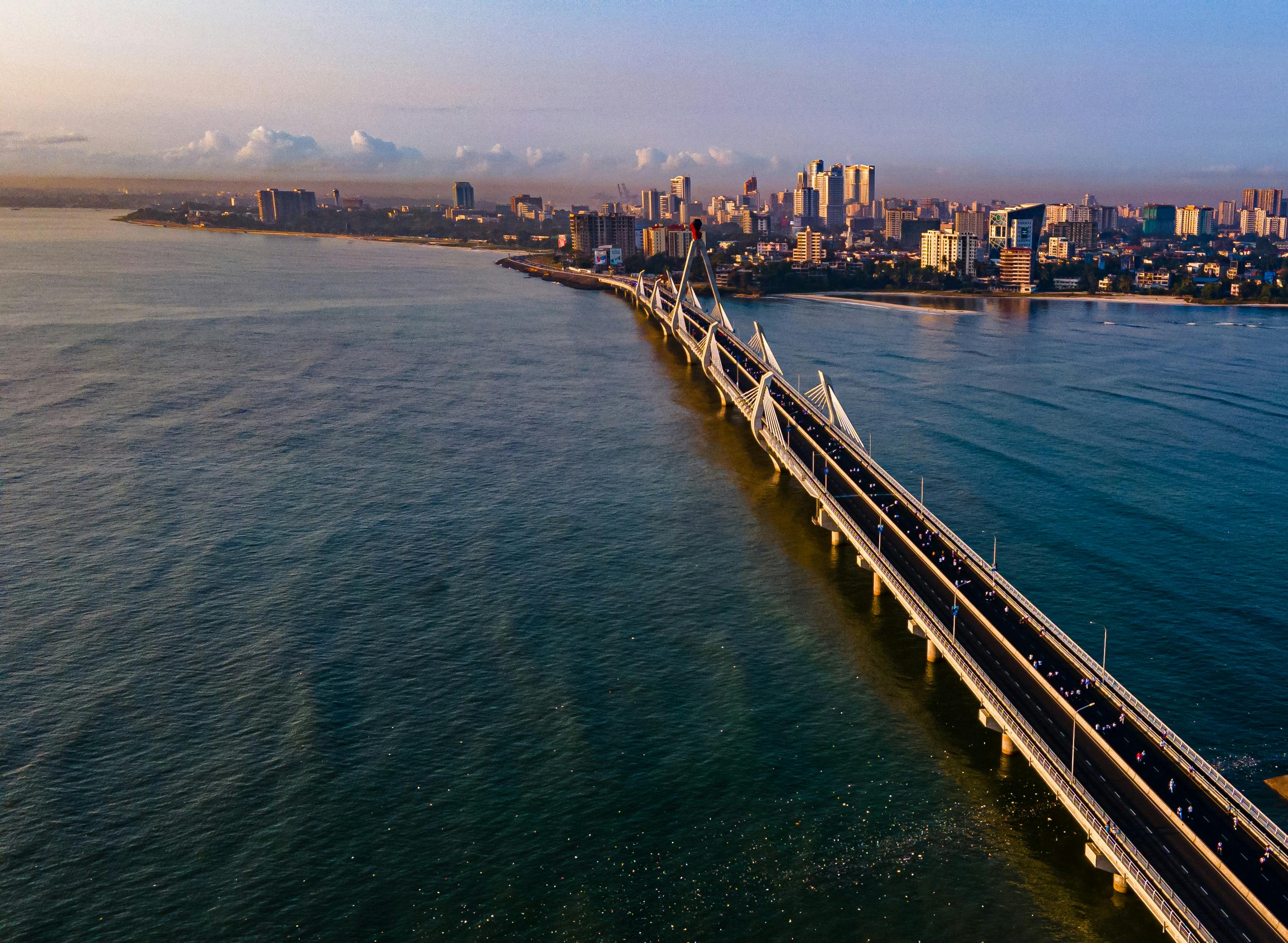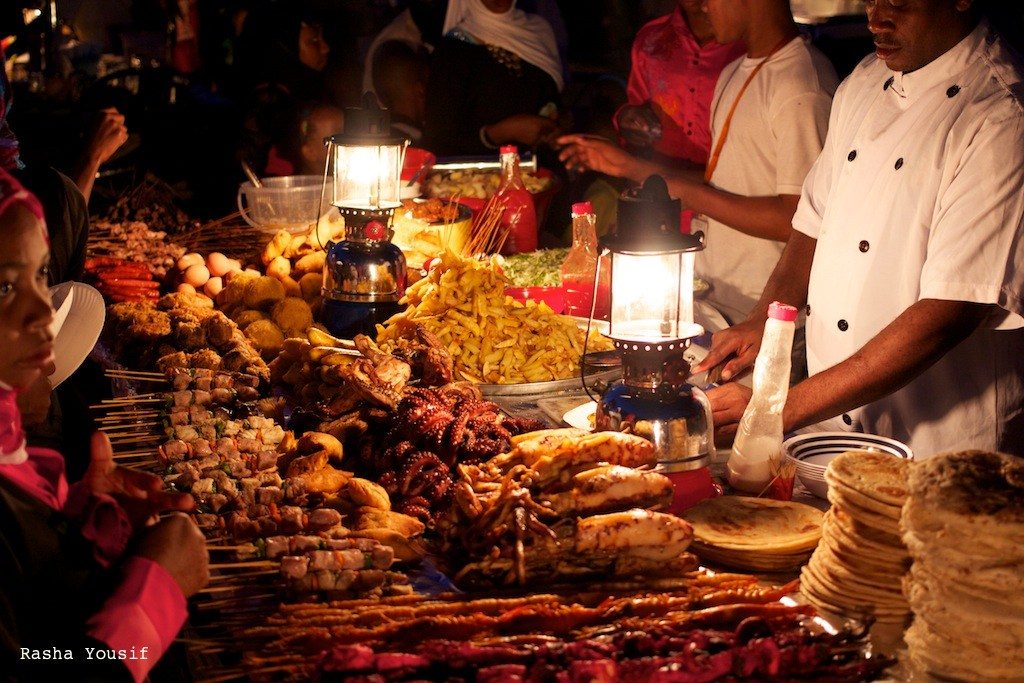Dar Es Salaam
Dar es Salaam, Tanzania’s largest city and economic hub, spans an area of 1,590 km² (613 sq mi), making it larger than the entire country of Mauritius. Situated along the Indian Ocean coast, the city has evolved from a small fishing village into a bustling metropolis and major commercial center.
One of its cultural highlights is the Village Museum, an open-air site that showcases traditional homes from various Tanzanian ethnic groups. Visitors can explore these structures and experience live tribal dance performances, providing a glimpse into the country’s diverse cultural heritage.
The museum is part of the National Museum of Tanzania, which houses extensive exhibits on Tanzanian history, archaeology, and anthropology. Among its most notable displays are the fossils of early human ancestors, discovered by the renowned anthropologist Louis Leakey in the Olduvai Gorge—a site often referred to as the "Cradle of Mankind".
Beyond its historical and cultural significance, Dar es Salaam is known for its bustling markets, vibrant nightlife, and stunning beaches. The city also serves as a gateway to Zanzibar and other coastal destinations, making it a major center for both business and tourism.





